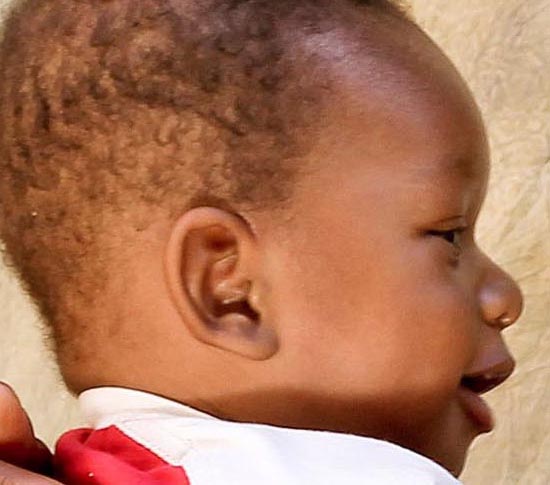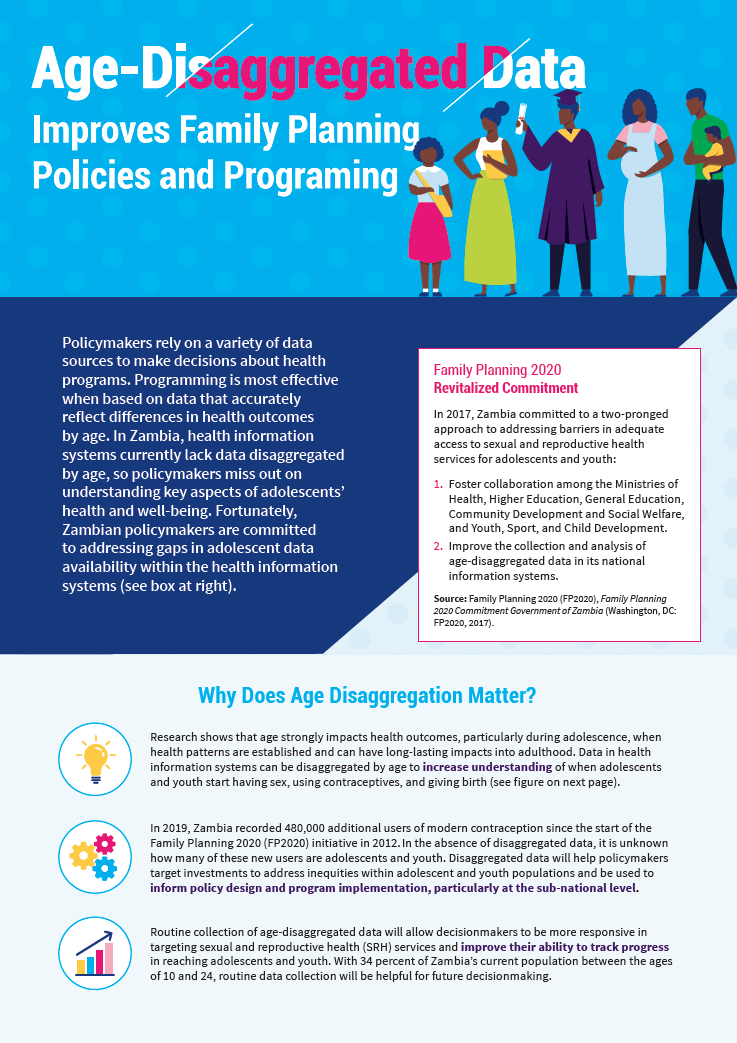MOMENTUM Knowledge Accelerator
Supporting improvements in voluntary family planning and reproductive health activities, including their integration with maternal and child health programs.

Supporting improvements in voluntary family planning and reproductive health activities, including their integration with maternal and child health programs.
Empowering Evidence-Driven Advocacy (EEDA) was a four-and-a-half year project (2017-2021) implemented by PRB and the International Youth Alliance for Family Planning (IYAFP) and supported by the Bill & Melinda Gates Foundation.

Project: Empowering Evidence-Driven Advocacy
(2020) PRB partnered with Marie Stopes Zambia to create a suite of products aimed at convincing policymakers within Zambia’s Ministry of Health of the need to support young people’s access to contraceptives as outlined in Zambia’s FP2020 Commitment.

Project: Center for Public Information on Population Research (CPIPR)
Environmental forces like wildfire, extreme heat, and pollution can have profound effects on our health, jobs, and decisions on where to live.

Project: Empowering Evidence-Driven Advocacy
These infographics, fact sheet, and videos products will be used to help address misinformation about contraceptive methods and convince policymakers to fund family planning services.

Project: PACE: Policy, Advocacy, and Communication Enhanced for Population and Reproductive Health
An ENGAGE presentation that serves as an advocacy tool to promote integrated population, health, and environment (PHE) approaches, and the value of family planning/reproductive health (FP/RH) investments by decisionmakers in health and nonhealth sectors, such as natural resource management and conservation.
Investment in effective policy and program interventions for youth family planning (FP) improves the use of data and evidence for FP advocacy.

Project: PACE: Policy, Advocacy, and Communication Enhanced for Population and Reproductive Health
In Ghana and Uganda, young people below the the age of 15 dominate the population age structure. Both countries can shift this high child dependency by empowering women to achieve their reproductive goals.